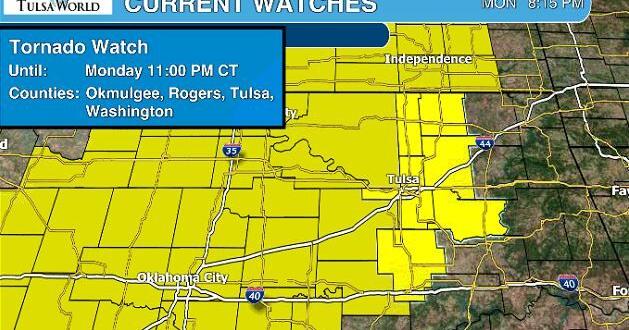
The Karuk Tribe in northern California has a long history of managing fire in their traditional land. Now, researchers from Oregon State University are using modern technology to understand these practices better. In partnership with the Karuk Tribe, they have developed a computer simulation model that sheds light on how the tribe used fire for ecosystem health before European colonization.
Published in Ecological Applications, the study shows that cultural burning was widespread across the Klamath Mountains landscape before European contact. An estimated 6,972 cultural ignitions occurred annually, with an average of 6.5 ignitions per year for each Indigenous fire steward. The research focused on 1,000 square miles of Karuk Aboriginal Territory in western Klamath Mountains, where severe wildfires have recently hit.
To develop historical estimates for cultural ignition locations, frequency, and timing, OSU scientists collaborated with the Karuk Tribe Department of Natural Resources. Statistical parameters were developed using interviews with Tribal members and knowledge holders, historical and contemporary maps, ethnographies, recent ecological studies, and generational knowledge. Skye Greenler led the partnership when she was a graduate research fellow in the OSU College of Forestry and highlighted the importance of this research in showcasing the extent of Indigenous cultural stewardship across their land.
The findings suggest that Indigenous people had an intricate understanding of fire management and used it as a tool to maintain ecosystem health. This study provides valuable insights into how Indigenous communities can continue to manage fire as a vital resource for maintaining healthy ecosystems in our changing world.







